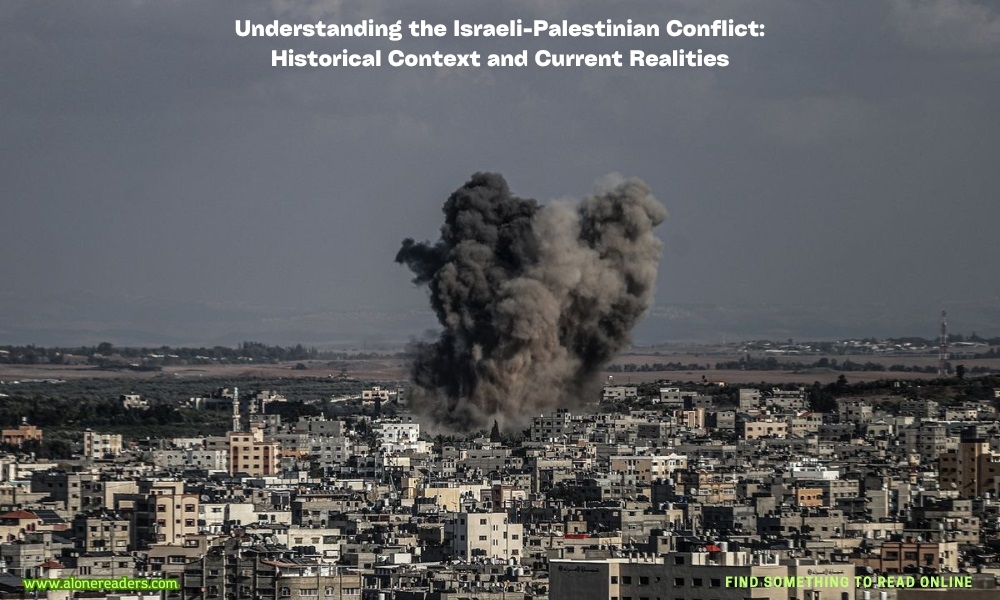
The Israeli-Palestinian conflict is one of the most enduring and complex geopolitical struggles in the modern world. It has been a source of significant international tension and has deeply affected the lives of millions in the Middle East. This article aims to provide a nuanced understanding of this longstanding issue, exploring its historical roots, key events, and the myriad factors that continue to fuel it.
The origins of the Israeli-Palestinian conflict can be traced back to the late 19th and early 20th centuries. During this period, the region known today as Israel and the Palestinian territories was part of the Ottoman Empire and later fell under British control after World War I. The conflict’s roots are deeply tied to the nationalist movements of two distinct groups: Arab Palestinians and Jewish Zionists. Zionism emerged in Europe in the late 19th century in response to widespread anti-Semitism, advocating for the establishment of a Jewish homeland in Palestine. At the same time, Palestinian nationalism began to develop in response to the increasing numbers of Jewish immigrants and fears of losing their land and autonomy.
The tension significantly escalated with the implementation of the British Mandate for Palestine by the League of Nations in 1922. This mandate included the Balfour Declaration of 1917, which supported the establishment of a "national home for the Jewish people" in Palestine but also stipulated that nothing should be done to prejudice the civil and religious rights of existing non-Jewish communities. The conflicting promises made by the British to both Jewish and Arab populations created an environment ripe for conflict.
The pivotal year in the conflict was 1948, marking the creation of the State of Israel and the simultaneous displacement of hundreds of thousands of Palestinians, an event referred to as the Nakba, or "catastrophe" in Arabic. The establishment of Israel followed the United Nations Partition Plan for Palestine, which proposed dividing the land into Jewish and Arab states. The plan was accepted by Jewish leaders but rejected by the Arab side, leading to the first Arab-Israeli war. By the end of the conflict, Israel controlled much more territory than was originally proposed by the UN, and no formal Palestinian state was established.
Over the decades, several key wars and uprisings have further shaped the landscape of the conflict. The 1967 Six-Day War saw Israel capture the West Bank, East Jerusalem, Gaza Strip, and other territories. These areas became central issues in the conflict, with Palestinians seeking their return for the establishment of a future state. The international community generally regards these territories as occupied by Israel, and the settlement activities in these areas have been a significant point of contention.
The peace process, including the famous Oslo Accords in the 1990s, which was intended to pave the way towards a two-state solution, has faced numerous challenges. The assassination of Israeli Prime Minister Yitzhak Rabin, a key proponent of the peace process, in 1995 was a significant setback. Additionally, frequent outbreaks of violence, such as the Second Intifada in the early 2000s and subsequent military operations in Gaza, have periodically halted progress.
Currently, the situation remains fraught with complexity. Issues such as the status of Jerusalem, the right of return for Palestinian refugees, the borders of a future Palestinian state, and the security concerns of Israel are deeply divisive. Each side holds historical grievances and existential fears that complicate negotiations.
International efforts to mediate the conflict have been numerous, involving regional actors like Egypt and Jordan, as well as global powers such as the United States, Russia, and the European Union. However, mutual distrust between the parties involved and significant political pressures both domestically and internationally have continually derailed substantial progress.
In recent years, changes in the broader Middle East, such as the normalization of relations between Israel and several Arab nations under the Abraham Accords, have shifted some dynamics of the conflict. However, the core issues remain unresolved, and the daily lives of people in the region continue to be marked by the conflict.
The Israeli-Palestinian conflict, with its complex web of historical roots, political motivations, and human stories, continues to be a central axis of geopolitical tension in the Middle East. Understanding this conflict requires an appreciation of the deep-seated fears and aspirations of both Israelis and Palestinians, as well as the broader regional and international influences that shape their reality. As the world watches and often intervenes, the hope for a lasting peace remains a challenging, yet critical, pursuit for all involved.